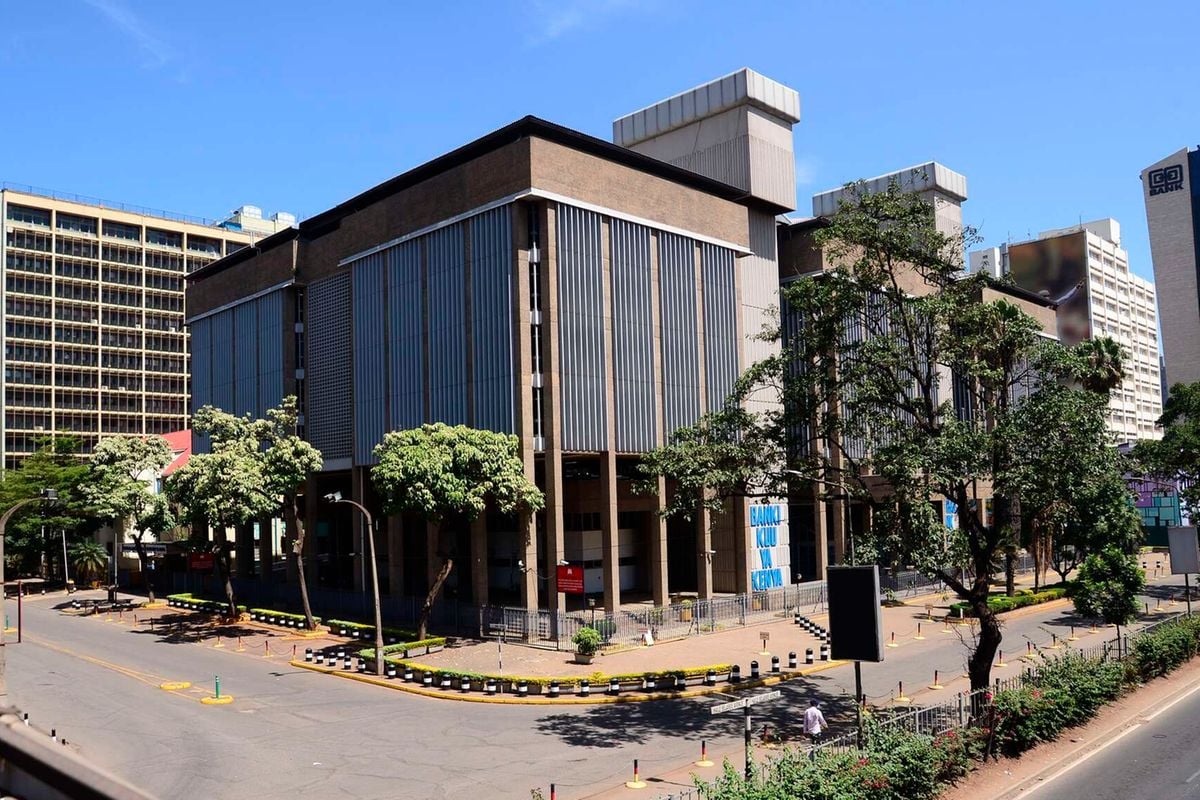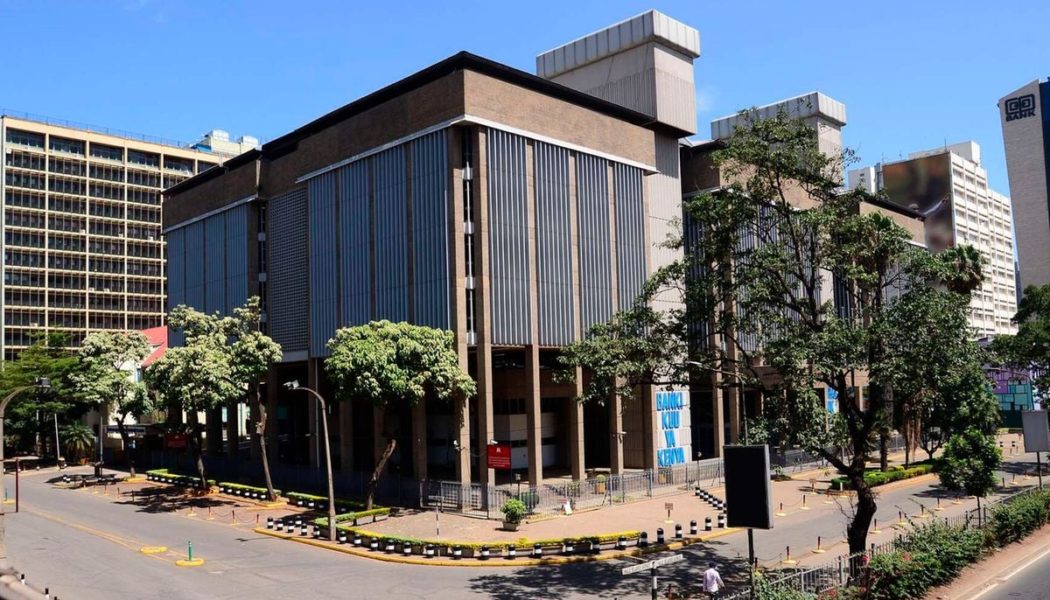
The Central Bank of Kenya (CBK) is setting up a new bond system to attract small retail investors in efforts to grow access to Treasury instruments.
It has requested proposals for the provision of consultancy for pre- and post-implementation review of the planned platform referred to as the “hustler bond system”.
“The Central Bank of Kenya has set aside funds in its budget toward the cost of request for proposals for the provision of consultancy services for hustler bond post-implementation review,” the CBK notes in the tender offer without providing details.
The setting up of the hustler bond system comes against the backdrop of the government’s push for a lower entry level for retail investors in Treasury bills and bonds.
Treasury bonds, including infrastructure bonds, require a minimum investment of Sh50,000.
Treasury bills which mainly differ from bonds due to their relatively shorter tenor require a minimum of Sh100,000.
President William Ruto directed the CBK last year to lower the threshold of investing in government securities to accommodate a wider pool of retail investors.
The President’s remarks were in acknowledgement of the impact created by the M-Akiba platform that allowed retail investors to buy into Treasury bonds with as little as Sh3,000 using mobile phones.
“There is a case I would like to make for people who do not necessarily want to work with Sh50,000. This is what was desired before with M-Akiba but didn’t go as far because of the many challenges. It is completely undemocratic that one person has the opportunity to make a return of 10 percent from Treasury bonds and then another, investing and getting a return of only two percent,” President Ruto stated during the launch of DhowCSD, a modern system for purchasing Treasury bills and bonds.
“I am persuaded that it is possible for us to reduce the denomination and I want the team at CBK to work and establish what denomination can democratise the space.”
Treasury bonds are medium to long-term investments whose maturity can range from one to 30 years, whereas with most bonds, investors will receive interest payments every six months throughout the tenor of the paper.
The defunct M-Akiba was the only platform for buying government securities targeting small investors.
The mobile-phone-based investment product that launched in 2017, however, failed to hit the desired mark, raising only Sh1 billion across five issuances which were mostly undersubscribed.
The underperformance of M-Akiba was blamed on a number of hurdles, including poor timing, a low understanding of the product and weak customer care.
Subsequent to the dismal outcome, the National Treasury moved the issuance of the instrument from the Nairobi Securities Exchange (NSE) to the CBK.
An estimated 300,000 people had registered on the M-Akiba platform at launch.
Re-engineering M-Akiba
Analysts had expressed scepticism at the proposal to lower the threshold of Treasury investments, warning of risks such as price discrimination and instead called for the re-engineering of the M-Akiba product.
In March last year, the National Treasury indicated that it could revive the M-Akiba bonds programme by leveraging savings deducted from the Hustler Fund (a savings and microcredit platform).









